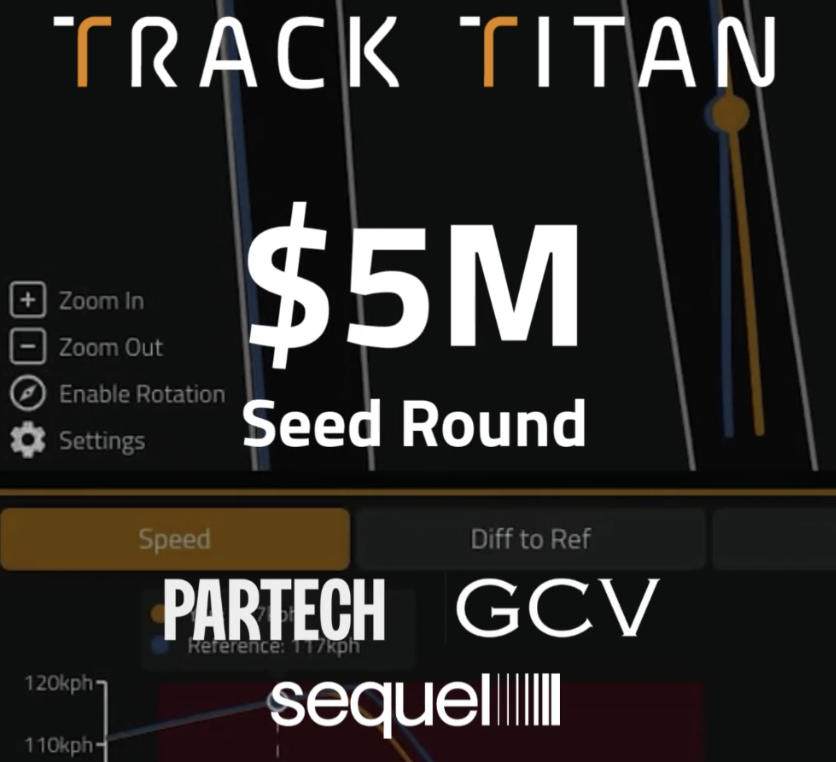Donington Park Track Guide
Nestled amidst the serene landscapes of Leicestershire, England, lies a motorsport gem revered by racing enthusiasts worldwide – Donington Park. Renowned for its rich history and challenging layout, Donington Park stands as a testament to the enduring allure of motorsport. In this comprehensive circuit guide, we delve into the intricacies of Donington Park, exploring its characteristics, dissecting how different cars react to its challenges, and offering invaluable tips for conquering its twists and turns.
Understanding Donington Park:
Donington Park, with its blend of fast straights, sweeping curves, and technical sections, demands precision, bravery, and finesse from drivers. Spanning 2.498 miles (4.020 km), the circuit features 12 corners that test a driver's mettle at every turn. From the iconic Craner Curves to the notorious Melbourne Hairpin, each section presents unique challenges, making it a favourite among drivers and spectators alike.
Characteristics of the Circuit:
Craner Curves: The opening sequence of corners, comprising the Craner Curves and the Old Hairpin, sets the tone for the lap. These high-speed, sweeping bends demand commitment and aerodynamic stability, challenging drivers to find the perfect racing line while maintaining optimal speed.
McLeans: Following the Craner Curves is McLeans, a fast, sweeping right-hander that requires a delicate balance between speed and control. Car setup plays a crucial role here, with a stable rear end and precise steering inputs being paramount to carrying maximum speed through this corner.
Coppice: As the circuit flows into the Coppice corner, drivers must negotiate a challenging double-apex right-hander. Carrying speed through the entry is crucial to setting up a strong exit onto the back straight, where acceleration becomes the priority.
Fogarty Esses: The technical section comprising the Fogarty Esses demands nimble handling and precise throttle control. A smooth transition through these left-right chicanes is essential to maintain momentum and set up a fast lap time.
Melbourne Hairpin: The Melbourne Hairpin marks the end of the lap, presenting a prime overtaking opportunity. Braking late and carrying momentum through the tight hairpin is vital for gaining positions or defending against rivals.
How Different Cars React:
Different types of cars react uniquely to the challenges posed by Donington Park:
Formula Cars: Single-seaters thrive on the fast, flowing sections of the circuit, utilising their high downforce and lightweight chassis to carve through corners with exceptional agility. Precise aerodynamic balance is crucial to navigating the high-speed Craner Curves and McLeans efficiently.
Touring Cars: Touring cars excel in the technical sections of the circuit, utilising their robust handling and ample power to negotiate tight corners with authority. Strong acceleration out of corners, especially at the Melbourne Hairpin, can provide a significant advantage for touring car drivers.
Sports Cars: Sports cars find a balance between agility and stability at Donington Park, utilising their mid-range power and balanced chassis to tackle a variety of corners effectively. Optimal braking performance and traction control are essential for maximising performance through the circuit's diverse sections.
General Tips for Driving Donington Park:
Study the Circuit: Familiarise yourself with the layout and characteristics of Donington Park through hot lapping, doing practice races, and studying onboard footage. Understanding the nuances of each corner will enable you to anticipate challenges and adapt your driving accordingly.
Focus on Consistency: Consistency is key to success at Donington Park. Focus on hitting your marks consistently lap after lap, minimising errors and maximising your performance throughout the session.
Brake Management: Effective brake management is crucial, especially at high-speed sections like the Craner Curves and McLeans. Practice braking late but with control, modulating brake pressure to optimise deceleration without locking up.
Maintain Momentum: Donington Park rewards smooth, flowing driving. Focus on maintaining momentum through corners by carrying optimal speed and minimising unnecessary steering inputs or throttle adjustments.
Adapt to Conditions: Be prepared to adapt your driving style to changing track conditions, such as temperature variations or surface grip levels. Experiment with different setups and driving techniques to find the optimal approach for the prevailing conditions.
In conclusion, Donington Park stands as a formidable challenge for drivers of all skill levels, offering a thrilling blend of speed, technicality, and excitement. By understanding the circuit's characteristics, recognising how different cars react to its challenges, and implementing strategic driving techniques, drivers can unlock their full potential and conquer this iconic circuit with confidence. Whether you're a seasoned racer or an aspiring enthusiast, Donington Park promises an unforgettable experience that celebrates the timeless allure of motorsport.




.png)





















